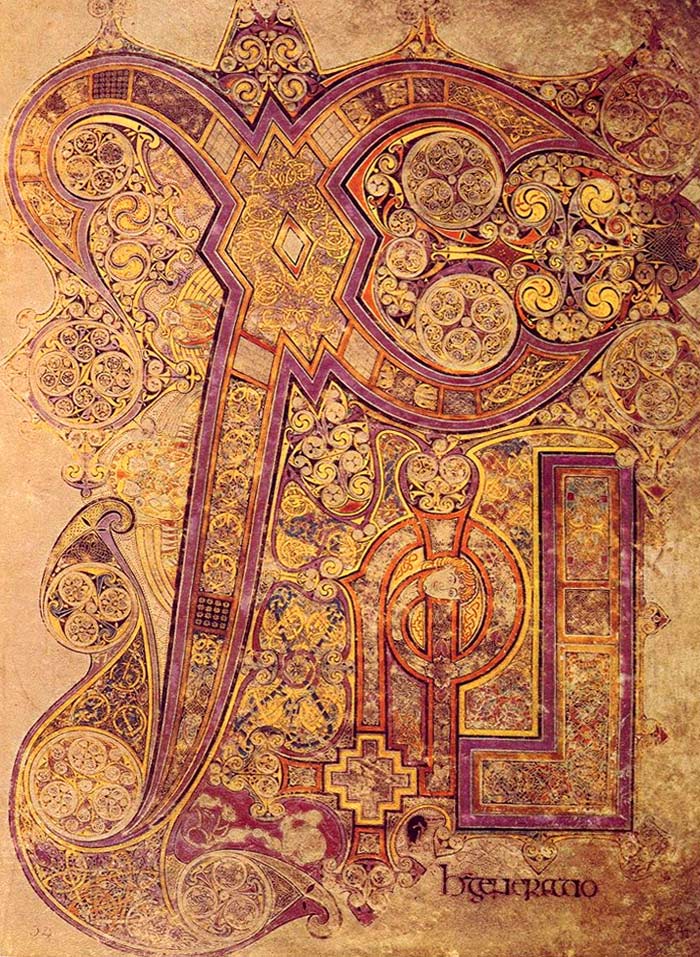Article by Dennis Jarsdel
Manuscript illuminations, also know as miniatures, are a form of art, the decoration of books and texts and especially margins and initials.
Although the popularity of this ancient art form has deceased, the earliest surviving examples date back to 400 AD. The popularity of this art form flourished in the 12th century.
The word illumination comes from the usage of gold and silver leaf in these decorations and the Latin word illuminare, meaning ‘light up’, which makes sense as these manuscripts were often read under candle light. The word miniature is an umbrella term for illuminations of different cultures and time periods. Some of these categories are Persian miniatures, Byzantian miniatures, Celtic miniatures, Gothic miniatures and Romanesque miniatures.

During the middle ages most books were used by priests and manuscripts were made as often as new monasteries were found. As the use of manuscripts moved to be made for more secular reasons, and productions that were meant to be owned by individual increased, the golden age of miniatures begun. The Golden age of this art form lasted until the invention of Gutenberg’s printing press in 1450-1455. It was the end of hand written books.
The artists who practiced this art form often worked in groups, in shops. Some were independent and looked for commissions and some were employed by the church. They often belonged to guilds that were either related painters or book trade. With the gradual increase in statue from artisan (a skilled worker involved with producing thing with their hands) to artists, many begun either signing their names or added small features to these images to indicate who the artist was. The Limbourg brothers, Herman, Paul and Johan were famous Dutch miniature artists from the 14th century, producing work in the style what was known as International Gothic. Tres Riches Heures du Duc de Berry is arguably their best know work.

Illumination was a costly and long process, one that could take months and one that was only reserved for the Church and the rich. Most were produced by monks but as the demand increased and time progressed the majority of artists were women, especially in France.
Technique and the Process of Illumination
- The design was drawn out on a piece of parchment or vellum using a silver-point
- The gold leaf was added before any application of paint
- The base colors were painted in
- The figures were outlined
- The rinceaux, the decorative foliage architectural looking curves and shapes, were outlined
- The rest of the color was added

Apart from the gold, that was added in a process called gilding, the bold colors of the miniatures are a characteristic of this art form as well. Paints were produced in various ways; at times different materials such as wax were used. Pigments used were insect, plant and mineral based. The pens used to write were natural quills.
Nowadays most manuscripts can be found in university libraries and galleries.





